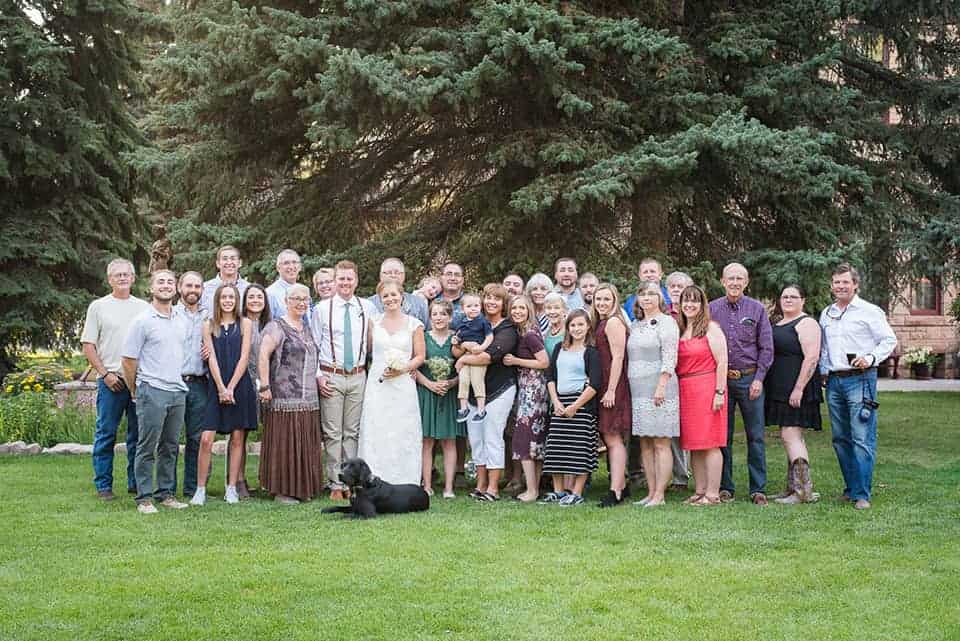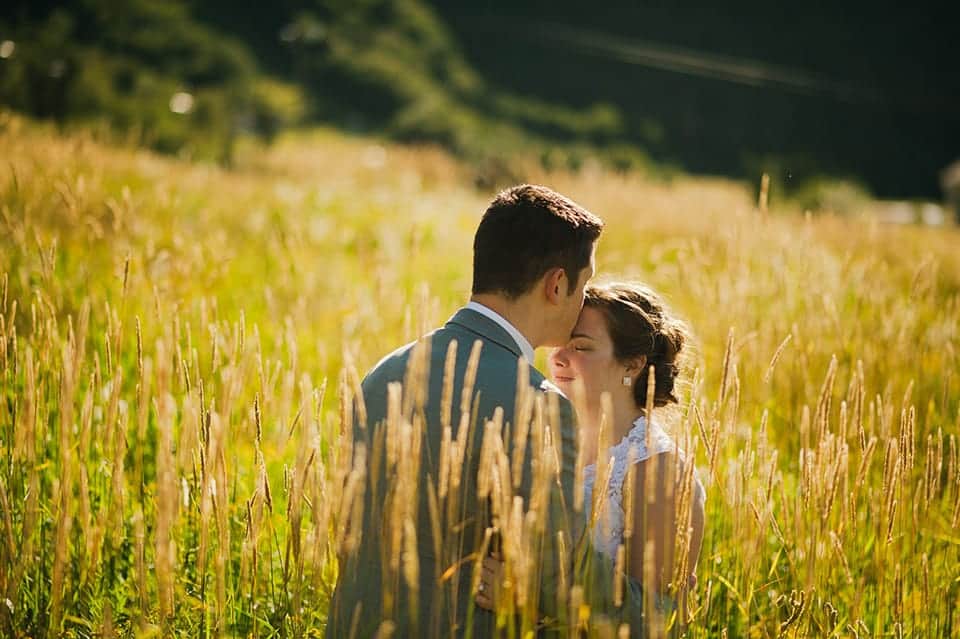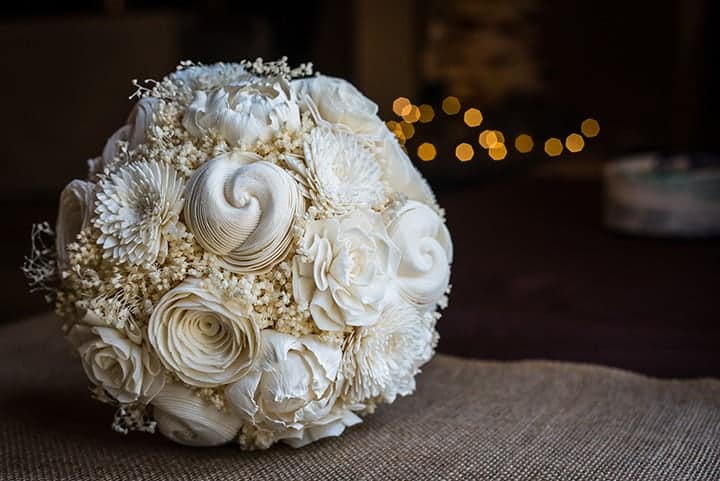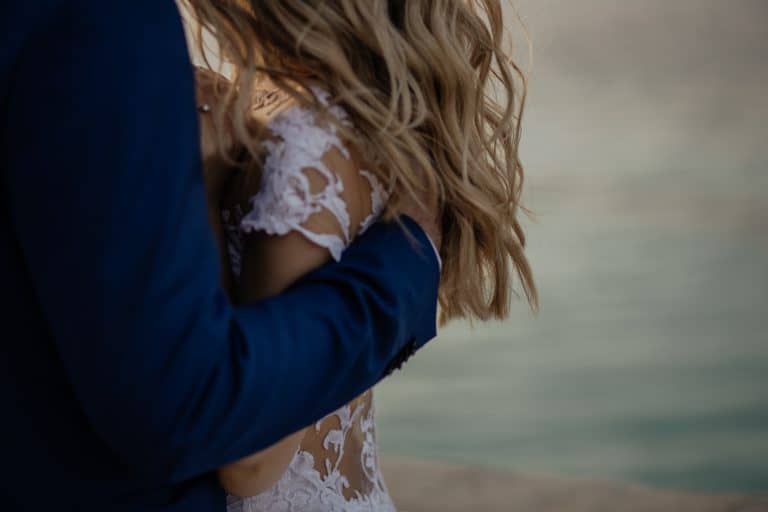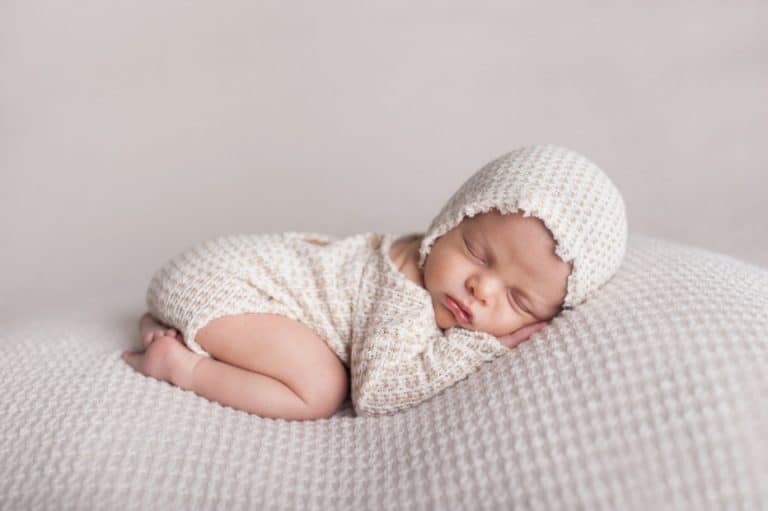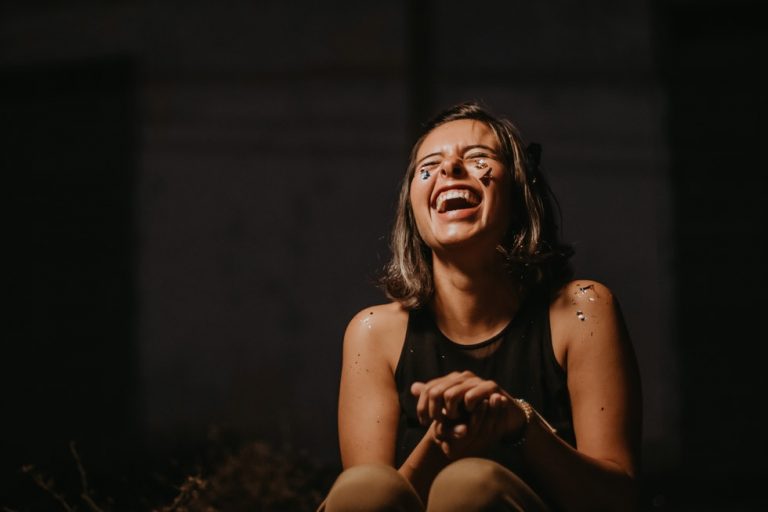Wondering what wedding photography gear you need to shoot some upcoming nuptials? Say I do to this comprehensive guide!
You’ve booked your first solo wedding and you are ridiculously excited. Like squealing, jumping up and down excited. And that’s when the panic sets in. What wedding photography gear do you need to shoot a successful wedding?!? Follow along with me as we put the necessary camera, lenses and gear in your bag and soon you’ll have the ultimate wedding portfolio in the bag.
Need Vs. Want: Wedding Photography Gear Essential or Nice to Have?
In reality, you could shoot a wedding with a single camera body and a lens. Heck for that matter, you could shoot the whole thing on an iPhone. But if you are marketing yourself as a premium wedding photographer and charging for your services, clients will expect more.
Beyond a lens and camera of some kind, you don’t absolutely NEED any of the following equipment. But as the day progresses and you work through your shot list, there is some equipment that can help you ensure your first weddings won’t be your last. Having a versatile set of wedding photography gear translates into more opportunities to get the shot you want.
And remember you don’t need to own every single piece of equipment. Renting or borrowing this equipment may be an option until you decide what you really must have in your wedding day kit.
Have a set of wedding photos you’re looking to edit? Check out our Lightroom Presets: Shooting and Editing Tips!
[ad id=’1′]
The Camera Body
The brand of camera you choose is entirely a personal preference. Nikon vs. Canon, Sony vs. Fuji…there is no right answer. There are professional, successful wedding photographers shooting all brands of cameras. The brand of your camera isn’t important. But your camera body should be capable of shooting in all kinds of conditions. Low light, bright sunlight and just about anything in between is possible on the wedding day. Specifically, if you are a natural-light only shooter, you are going to want a camera that performs well at high ISOs. You’ll also want a camera that can shoot and record images at a decent speed. There aren’t many opportunities for do-overs at a wedding. You don’t want to miss a moment because your camera just can’t record the moment fast enough.
Other considerations:
Backup batteries
Many weddings are an all-day affair. Extra batteries just make sense. Shooting in burst mode, shooting long exposures or shooting video all eat away at your battery life. Know how long your battery lasts in normal conditions and plan ahead.
Dual Card Slots
Having a camera with dual card slots is a lot like flood insurance. You don’t really think about it until you need it. Two card slots allow you to record duplicate images on two separate cards with one press of the shutter. That means you have an instant backup of each photo you take that day. Memory cards can, and do, fail. They get lost. Having two copies means you are half as likely to crush a bride’s dreams of perfect pictures. Don’t do the math on that. It’s accurate, I promise.
Memory Cards
This is one case where more is better. It’s not uncommon to shoot 200 or 300 images an hour at a wedding. Two hundred images times 8 hours equals 1,600 images. Make sure you have enough memory cards to last the day AND remember to have enough to stick in slot 2 for that instant backup. Memory card size is another personal preference, but be sure to arm yourself with high quality, fast cards that are formatted to your camera. I roll into a wedding with 8 clean 64GB high-performance cards. The most I’ve ever used are 4, but I’m a pessimist and carry backups to my backups.
Backup Body
Having a second camera body is another insurance policy to consider when shooting weddings. I rent a backup body for all weddings that is identical to my personal full-frame camera. I want to know that if my main body fails in the middle of the ceremony, I can reach for the backup body and start shooting immediately. Because it is identical to my main camera and loaded with all the same settings, I never miss a moment having to think through its operation. To get my money’s worth, I arm the rental body with a wide angle lens and keep a telephoto on my main body and keep both handy at all times.
Owning or even renting a second body might sound like overkill, BUT my shutter completely failed on my full-frame when I had less than 2,000 images on the camera. I was shooting twilight photos of a carnival at the time and only missed out on some fun landscape photos. But it could have just as easily happened at the wedding I had a week later, and without a backup, I really would have been shooting the wedding on an iPhone.
A Wide Angle Lens
Now we are getting into the nitty-gritty of what you really want to know. What lenses do I need to shoot a wedding? Much wedding day photography is about setting the scene and telling a story. You’ll want a wide angle lens to capture the environment and in small venues, a wide angle lens is even more critical. Wide angles are also a must for large family photos or group photos. Plan to have a lens that falls in the 24-35mm range and the faster the lens the better. You can use a prime lens or a zoom like the 24-70 f/2.8 that covers the wider end.
A Portrait Lens
Even if you are more of a documentary style wedding shooter, there will be expectations of at least some portraits and you’ll want a portrait length lens as an option in your wedding photography gear. A portrait lens should be a minimum of 50mm. That’s the start of focal length that offers a field of view similar to the human eye which is what we are shooting for in portraits. Again, the faster the lens, the better. You could choose a 50 mm, 85 mm, 100 mm, 135 mm, etc. You could also use a telephoto lens like the 70-200 f/2.8. And speaking of…
A Telephoto Lens
I find a telephoto lens is my BFF at just about every wedding. The telephoto allows you to capture those small moments and details without infringing on the experience of the guests. I prefer to work from the back of the space and let my focal length bring the action to me. This allows me to blend in and keep the focus on the couple instead of the crazy camera lady hanging out in the front pew with her giant camera. I also let my telephoto photo double as my portrait lens in many instances. Sometimes standing away from the couple and giving them space creates privacy at the moment. This lets them be more relaxed and focused on each other, giving images and intimate feel.
Macro capabilities
Most wedding galleries include the detail shots like rings, jewelry, flowers or other smallish components of the day. Having the ability to shoot in macro can really up the wow factor of these shots. A macro filter, a set of macro extension tubes or a dedicated macro lens can all help magnify those fine details and bring them to life.
Flash
The final piece of wedding photography gear you’ll need is a flash. Learning how to properly use a flash can be intimidating. And lots of photographers say flash is ugly. Flash, when used wrong, is rather ugly. But used correctly, flash can enhance everything from detail shots to portraits. If you think about flash as a portable sun or window light, you’ll begin to see how helpful one can be during a wedding. Super dark dance floor? Backlit church windows? Dreary getting ready rooms? Flash can help with all that and more.
Because you’ll want to be on the move, smaller speedlights are more popular than bulkier strobes. You can use your speedlight on camera, or take along some light stands to pull your flash off camera. Bare flash is usually much too harsh, so don’t forget your favorite modifier, too!
New to using flash? See our tips on getting started with Flash Photography!
Going to the Chapel: My Wedding Photography Gear
So here the list of what I check and recheck to make sure is loaded in my SUV every time I hit the road as a wedding photographer:
- (2) Nikon D750 camera bodies with 4 batteries
- (8) 64 GB San Disk Extreme Pro memory cards
- Nikon 35mm f/1.8 lens (wide angle)
- Nikon 70-200 f/2.8 lens (telephoto & portrait)
- Tokina 100 mm f/2.8 lens (portrait & macro)
- (3) Godox TT600 speedlights and X1T trigger
- (2) 10 foot lightstands and mounting brackets
- Light modifiers, usually a pair of white shoot through umbrellas, a small softbox, a reflector, and a dome style diffuser
- 16 Powerex rechargeable batteries
- Lens Wipes & lens cleaning kit
- Lens Hoods
- Lip balm
Shooting for Success
There is no right or wrong list of wedding photography gear. Every photographer’s kit will look different based on their shooting style, budget and experience level. But arming yourself with a small but versatile arsenal of cameras, lenses, and equipment will give you the best chance to succeed. Be confident in your gear and your skills and you’ll rock your next wedding!


